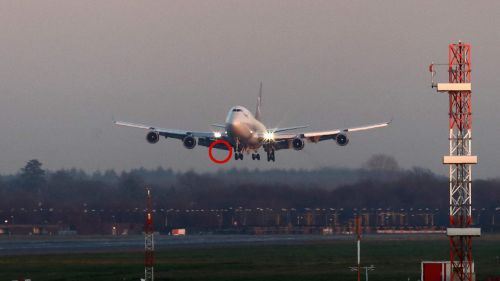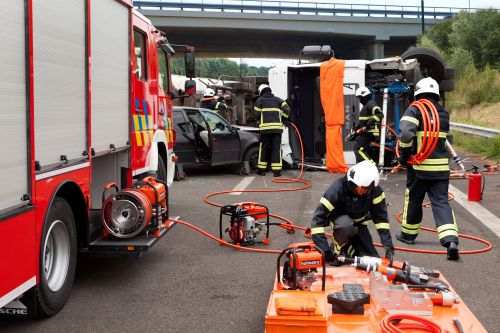Can you remember EVERYTHING?
On 29th December 2014 a Virgin Atlantic jet bound for Las Vegas (USA) returned to its departure airport ( London Gatwick), because a landing gear fault had been identified. Before it touched down, it circled over the coast of the United Kingdom for several hours, mainly to dump fuel. At 16.45 the aircraft made a safe emergency landing. The jet had 450 passengers on board; none of whom were injured.
There is no doubt that the crew, in particular those on the flight deck, did an amazing job. But what was at the heart of the successful landing? Well it was the humble checklist. That's right, the safe return of the multi million dollar aircraft was largely down to a laminated card with bullet points on it. Pilots have a checklist to follow for every foreseeable eventuality. In fact everything in a cockpit is done by following a checklist.

Virgin Atlantic Flight VS43 Landed safely thanks to a brilliant crew - and a checklist!
The checklist became popular in the aviation industry in the 1980's following several high profile disasters during the previous decade. A roots to branches change in training also led to the development of CRM (crew resource management) which is a fascinating subject and an area of reading I would recommend. In medicine, the checklist has been adopted widely and is now routinely used in operating theaters and in the prehospital environment all around the world.
Extrication checklist?
Aviation and medicine; two industries where mistakes can have extremely serious consequences. With this in mind, could the use of a checklist add value to the process of extrication?
First of all we have to be clear that a checklist is not a sign of weakness or only used by people who have no understanding of the role they perform. It is not an 'idiot guide'. I think you will agree that pilots and doctors are well qualified and highly skilled; the checklist has become an integral part of their working practice and has significantly improved outcomes.
The process of extrication (as with so many other operational procedures in the fire & rescue industry) is very complex. There are many technical and medical aspects that require consideration and action. A 360 degree survey, hybrid vehicle shut down procedures and a primary medical survey are 3 that spring to mind instantly.
The question I constantly ask myself is this: is it reasonable to expect any individual to recall 100% of critical information in a pressure environment? In recent years there has certainly been a move towards providing more dynamic information for fire and rescue personnel in the form of mobile data terminals (computers) on fire trucks, but does a rudimentary checklist have a place too?
The idea of having simple checklists may seem old fashioned in today's world of tablets and smart phones, but I genuinely feel they have a role to play in what we do.

Can a simple checklist help during complex extrications?
If it is good enough for a doctor or a pilot, I think it is good enough for a simple guy like me!
As ever, I welcome your feedback.
Ian